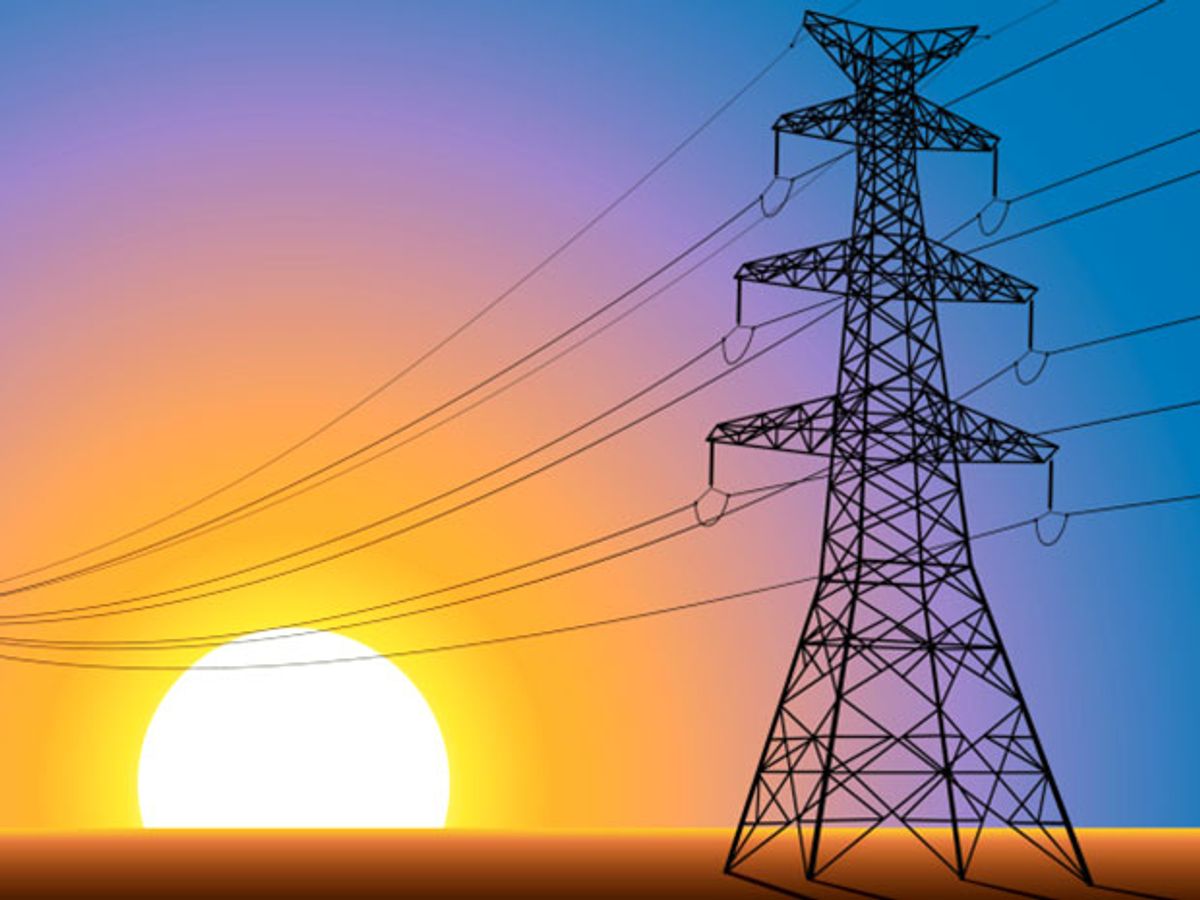More frequent and intense weather events—from hurricanes to wildfires to sweltering summers—can be attributed to climate change and are affecting energy production and power delivery in the United States, according to a new government report.
The latest National Climate Assessment, prepared by the U.S. National Climate Assessment and Development Advisory Committee (NCADAC) and released yesterday, says that climate-related effects are not only already being felt but will likely get worse.
The study notes that there is some variation as to what is considered an extreme weather or climate event, but most of the U.S. territory is seeing “increased frequency and intensity of extreme precipitation events, sustained summer heat, and in some regions, droughts and winter storms.”
Energy is affected at both the point of production and across the delivery chain. The report noted that Hurricanes Katrina and Rita in 2005 knocked out significant portions of gas and oil production on the Gulf Coast, which affected gas, oil, and electricity markets across the rest of the country.
Storms can also directly take out electricity delivery systems. The report found that extreme storm surge events at high tide, such as Hurricane Sandy, are expected to increase. When waters rise, low-lying substations and other power equipment can be inundated. Other tangential systems can break down as well. The report noted that rail lines, which carry coal that supplies about 40 percent of U.S. power plants, often follow riverbeds.
In the wake of Sandy, many utilities are raising critical substations and also installing more protection systems on distribution circuits to automatically isolate outages. The state of New York is rethinking regulation of distribution utilities to encourage them to deploy new technology faster and be rewarded for building a more resilient grid that is more dependent on distributed generation, rather than just centralized stations.
Isolated weather events aren’t the only threat. Demand during warm months are expected to increase and last for longer periods of the year, because of higher average temperatures and high temperature extremes, the NCADAC reports.
In Texas, for example, residential electricity demand is more than half of the total demand on the grid during hot summer days, even though it usually comprises less than 30 percent when the temperature is mild. More than half of the residential load is air conditioning in summer.
It’s not just July and August that are seeing new record electricity use, either. Last year PJM, the largest grid operator in the United States, set a new peak in mid-September that rivaled the power demand usually seen during the hottest days of summer.
Utilities and grid operators do have some tools to curb peak demand and improve efficiency in the face of extreme weather events. One of them is an approach known as demand response. It involves, among other things, installing control systems at businesses and homes to turn down electricity use when demand is high. The systems are getting increasingly sophisticated, and some, instead of turning off cooling systems and lights for hours on end, can cycle certain AC compressors or dim lights so that the effects of load shedding are not even felt.
Demand-response technologies are still not widely implemented, but in some cases they have been able to help fill the gap in energy production as some older coal-fired power plants are taken offline in the face of stricter regulation from the U.S. Environmental Protection Agency.
EPA regulations are only one factor that affects the future of thermal power plants, especially older coal and nuclear plants. Water availability and restrictions on the temperature of cooling water are already posing challenges to some existing power plants, according to the National Climate Assessment.
Last summer, for example, a heat wave threatened to shut down a nuclear power plant in Plymouth, Mass., because the amount of water taken from Cape Cod Bay had exceeded the limit set by the NRC.
The effects will not be the same across the United States; longer dry spells are projected in the southern regions and Northwest. The Electric Power Research Institute expects about one-quarter of power plants to be affected by water issues by 2030.
Hydropower in the western will also likely be affected, the report finds, as snowpacks dwindle and there is less snowmelt to run down rivers and power turbines. Drought is already impacting hydropower on the Colorado River and power production could fall even further if the drought continues.
Despite the climate-related challenges on the electricity system, there is also opportunity. More distributed energy resources could help mitigate the effects of power outages when large power plants go down during weather events. And the shift away from coal in some parts of the country could also help cut carbon emissions if replaced with cleaner energy sources, such as wind.
Changes to the electricity system are largely driven by regulatory policy at a state level, however, so there will likely be a fragmented response. California, for example, requires power plants to reuse the water they need for cooling, but nearly half of the U.S. power plants do not reuse water.
Technology advances, such as the falling cost of solar photovoltaic or increases in energy efficiency, can have a huge impact on future power systems, but it appears that much more innovation will be needed. “One certainty about future energy systems is that they will be different than today’s,” the report states, “But in ways not yet known.”




